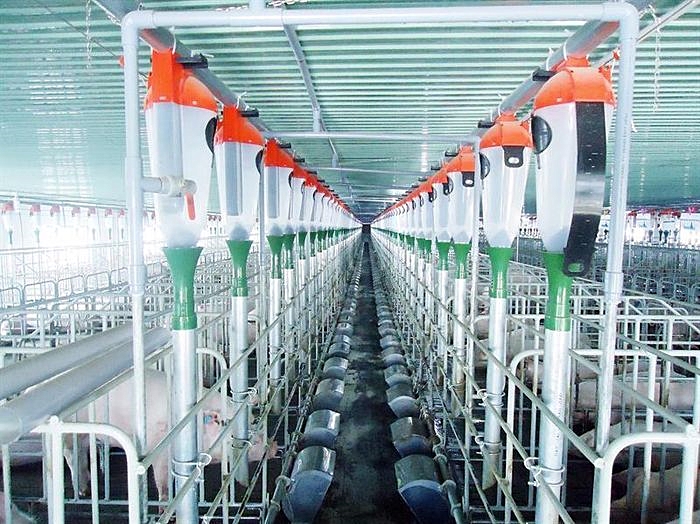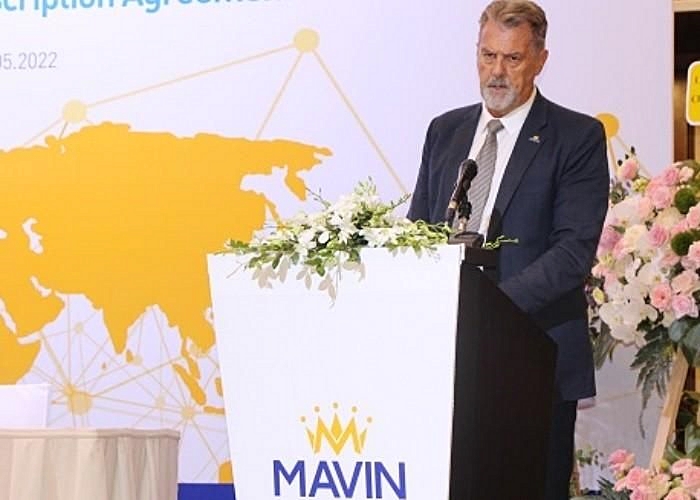
Mavin focuses on circular agriculture
According to Mr. David John Whitehead, Chairman of Mavin Group, this enterprise has built a circular model towards pig farming activities in 3 provinces of Gia Lai, Nghe An and Dong Thap.
The Mavin Group's model focuses on both sows and meat pigs and adopts high technology. Along with that, towards water management, waste control and the use of technologies that do not harm the environment such as solar power, rooftop power or biogas technologies. At the same time, Mavin Group also has a factory to collect all kinds of waste and waste products of livestock activities to produce fertilizer for plants.
"We have built a closed disease control system and procedures. The goal that Mavin is aiming for is to develop a low-carbon and non-polluting livestock industry. It is expected that by 2025, Mavin Group will supply the market with 1 million clean pigs per year."

Mavin Group Chairman David John Whitehead
From Mavin's approach, Mr. David John Whitehead pointed out, it can be seen that circular agriculture is applied even to large corporations, not just limited to smallholder farmers. To be able to achieve a circular agriculture, the Chairman of Mavin Group said that 3 main factors must be grasped: Reduce, recycle and reuse.
According to Mr. David John Whitehead, circular agriculture is not a new concept and has been used since pre-industrial times with farming models combining the use of fertilizers, waste products from livestock and farming activities, as inputs for other activities.
"Lately, we've heard a lot about linear agriculture, circular agriculture or similar agricultural models. These agricultural models aim to best reduce waste from livestock and production activities and find solutions to make the best use of these types of waste," said David John Whitehead.
However, in the recent period, the above methods are being heavily influenced by modern farming methods, large-scale, monoculture, intensive farming mainly aimed at increasing profits but not towards environmental protection.
"Circular agriculture, besides applying to large enterprises, needs to be more geared towards smallholder farmers, or production facilities to achieve comprehensive results," said David John Whitehead.
Appreciating Mavin's model in line with Vietnam's agricultural development orientation, Mr. Duong Tat Thang, Director General of the Department of Livestock Production (Ministry of Agriculture and Rural Development) said, with the total pig herd reaching approximately 30 million heads, poultry reaching over 500 million heads and cattle reaching over 12 million, Vietnam has a huge livestock ecosystem, ensuring food needs for more than 100 million people, exports and livelihoods for tens of millions of farming households. Therefore, the development of livestock in the direction of circular agriculture is an inevitable trend.
According to Mr. Thang, this direction brings practical benefits such as improving value, increasing agricultural products, livestock products, harmonizing long-term benefits between different industries in livestock and cultivation.
"For the circular economy in the livestock industry, environmental protection and preservation are essential. Circular economy is also said to be the root of green growth and sustainable development," emphasized the Director General of the Department of Animal Husbandry.